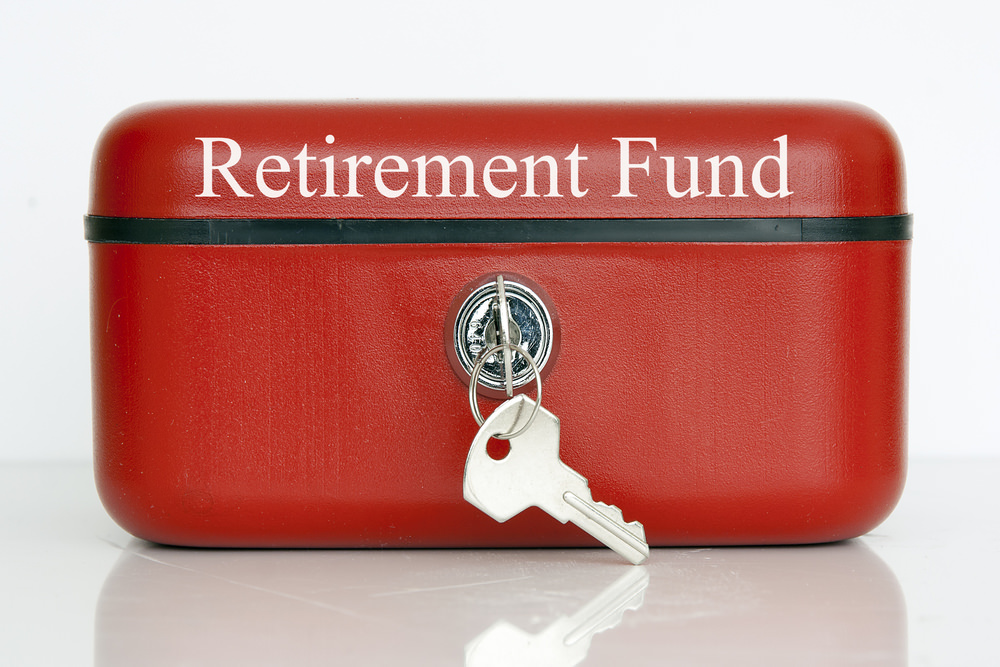The article “How to Get Money Out of Locked-In Retirement Accounts” was originally published on MoneySense on March 17, 2015.
Pete has a LIRA and wants to understand the rules on making withdrawals
Q: I have a LIRA and have been told that each province has strict laws on when I would be able to withdraw funds. I am 63 years old and would like to asses some of the money from the LIRA to pay off some debt.—Pete
A: LIRAs or Locked-In Retirement Accounts are also known as locked-in RRSPs. They are locked in because the money in a LIRA comes from a defined contribution (DC) or defined benefit (DB) pension plan when you leave your employer. Pensions are meant to be paid out over time, so when pension money goes into an RRSP account, it is locked in to make sure it lasts.
You are correct, Pete, that there are restrictions on LIRA withdrawals. Typically withdrawals cannot begin before the age of 55 and you must change your LIRA into a LIF (locked-in Life Income Fund) or LRIF (Locked-in Restricted Life Income Fund) to begin withdrawals. Minimum and maximum withdrawal amounts can be taken each year thereafter according to either your age or your spouse’s age–depending which you choose to base the withdrawals upon when you establish the account.
Since you’re 63, you can likely take withdrawals from the account by converting it to a LIF or LRIF. But if you want to take a lump-sum withdrawal, restrictions generally apply on a province by province basis as follows:
– One-time unlocking of 50% of LIRA to a non locked-in RRSP
– Small balance unlocking below a specific threshold
– Withdrawals due to shortened life expectancy (physician certified)
– Withdrawals due to financial hardship (subject to specific conditions)
– Withdrawals due to spousal or child support (maintenance enforcement orders)
One thing I would caution you to consider is if it’s actually worth taking withdrawals from your LIRA to pay down debt, Pete. If your debt is at a fairly low interest rate like a mortgage or line of credit, the interest rate you’re paying may not be too much different from the rate of return you might be able to earn on your LIRA. But in order to access the LIRA money, you need to pay tax because the withdrawal is considered taxable income. The immediate tax hit on the withdrawal means you’ve got less–and potentially much less–than 100 cents on the dollar to pay down debt. However unsettling the debt may be, it might be better to pay it down over time with your various sources of income, including your LIRA.
If the debt you’re looking to pay down is high interest rate credit card debt, withdrawals may be worth considering. But consider other sources first like Canada Pension Plan (CPP) (if you haven’t already applied to receive it), non-registered investments, Tax-Free Savings Accounts (TFSAs) or a home equity line of credit. At 63 years of age, you are less than 2 years away from receiving Old Age Security pension, which is currently up to $6,765 per year of additional income for both you and your spouse. OAS is indexed to inflation and rises each year.
In summary, Pete, locked-in funds are only partially locked in. You’re old enough to start withdrawals, though the withdrawals may not be as much as you’d otherwise like to get your hands on. Unless you qualify due to extraordinary circumstances, you may need to draw down your locked-in money slowly, over time. Hopefully there are other sources of funds like other investment accounts, home equity or government pensions that can help make up the difference.
Jason Heath is a fee-only, advice-only Certified Financial Planner (CFP) at Objective Financial Partners Inc. in Toronto, Ontario. He does not sell any financial products whatsoever.

